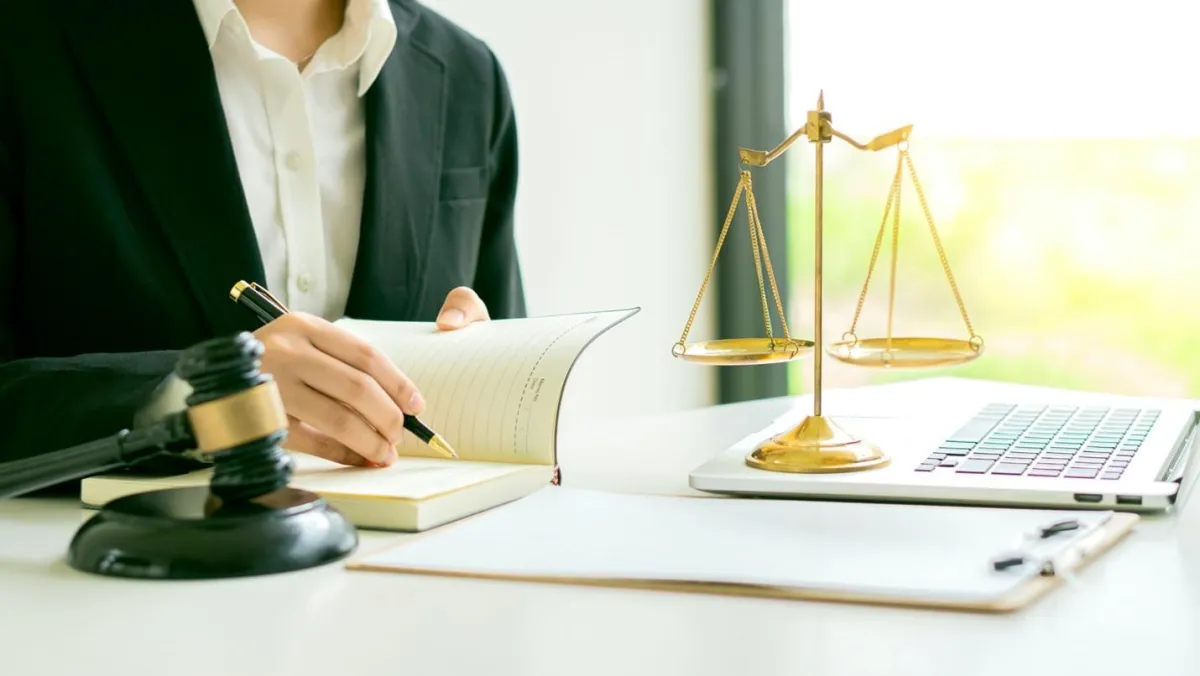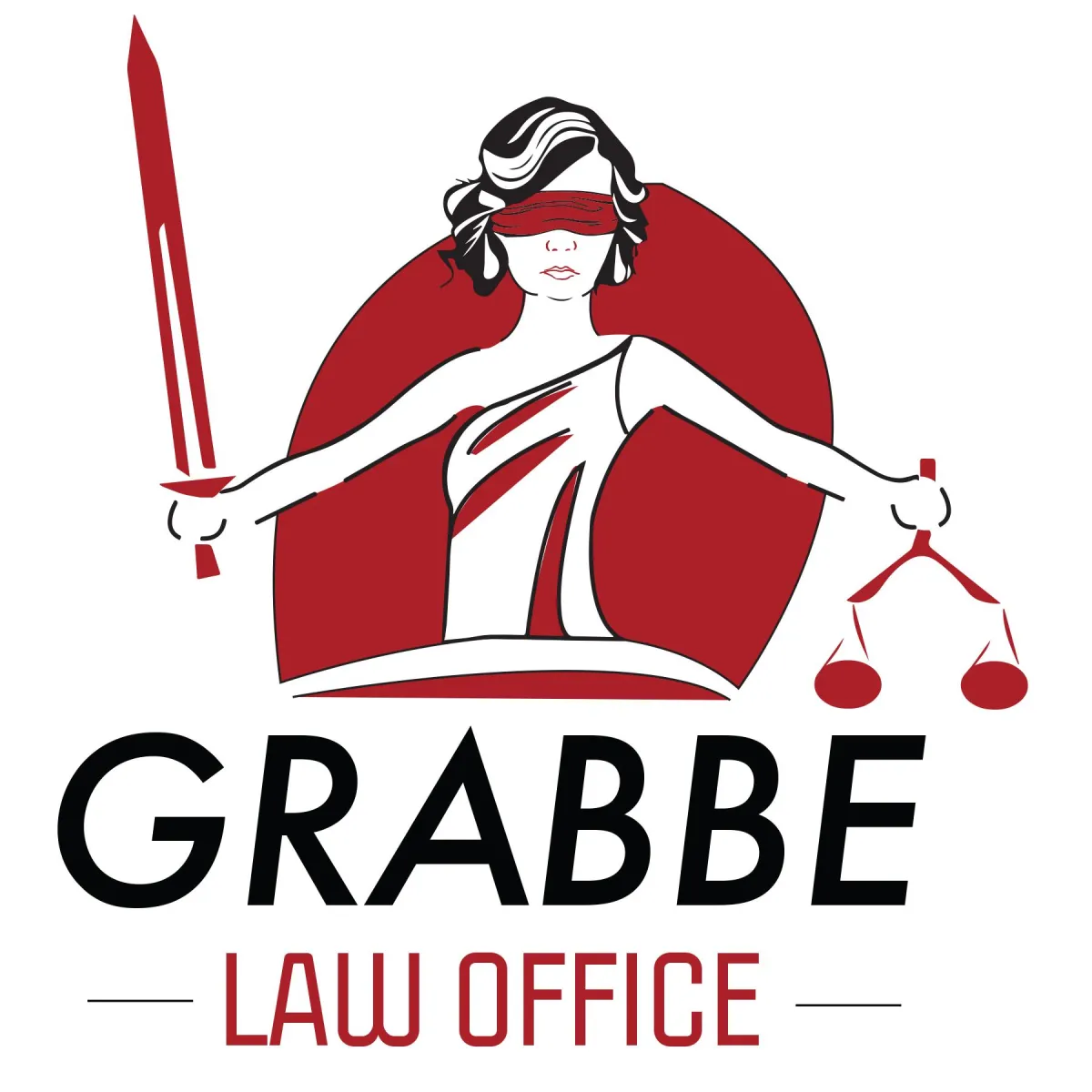Welcome to the Blog!

Understanding USPTO Procedure For Registration Of Trademark
Understanding USPTO Procedure For Registration Of Trademark
Registering a trademark with the United States Patent and Trademark Office (USPTO) can be a rite of passage for many business owners. This rite of passage is exciting but can also be confusing and take a long time to complete. If there are errors in the application or the trademark is rejected, the process can take even longer. Understanding the procedure for registration of trademark, what the examiners look for, and why your trademark may be rejected can help to ensure a smoother process and a better chance of getting your trademark approved. If you have questions regarding the trademark application process, you may want to speak with one of the experienced attorneys at Grabbe Law Office by scheduling a free 15-minute consultation to discuss your legal options.
What Is the Basic Procedure for Registration of Trademark?
Each trademark application is unique, which means the process and timeline can differ for each one. However, there is a basic procedure for registration of trademark that is typically followed by most properly completed applications.
This basic trademark application process is as follows:
· Determine the individual or company needs a trademark (make sure that you do not need a patent or copyright instead)
· Create the trademark
· Prepare and submit the trademark application documents
· Work with the assigned examining attorney as needed to make corrections or add information
· Get approval and confirm that the trademark is registered OR be denied and consider options such as appealing or refiling
How Long Does It Take for the USPTO To Examine a Trademark Application?
The USPTO states that the registration process typically takes approximately 12-18 months to complete. There are many factors that can affect how long the process will take. One factor is the application’s filing basis. The filing basis is the legal basis for filing the application, and can include use in commerce or the bona fide intention to use the mark in commerce soon.
While it does not guarantee how long an application will take to be approved or rejected, the USPTO does provide a page listing current trademark processing wait times. Applicants can use the information on this page to estimate how long their filing and subsequent examination may take.
What Are the Different Types of Trademark Proceedings?
The USPTO identifies three different trademark proceedings that may take place during the procedure for registration of trademark: appeals, oppositions, and cancellations. These proceedings take place at different points in the process. All of them take place in the Trademark Trial and Appeals Board (TTAB). If you are facing an appeal, opposition, or cancellation proceeding, Grabbe Law Office may be able to assist you during the proceeding.
Appeals
Appeals proceedings allow applicants to appeal a refusal of their trademark registration. According to the USPTO’s Trademark Manual of Examining Procedure (TMEP), appeals must be filed within six months of a final refusal and there are fees associated with filing an appeal. The refusal must be a final refusal, not simply an office action indicating that the trademark may be rejected. Additionally, each application is only permitted one appeal; if the appeal is refused on the same grounds as the original application, the decision is final.
Oppositions
An opposition proceeding is a contested proceeding in which a third party opposes a trademark application. When the USPTO finds no problems with the trademark application, or once the applicant has resolved any concerns raised during the initial examination, the examining attorney approves the trademark to be published in the USPTO “Official Gazette.” Once the trademark has been published, there is a 30-day period during which third parties may oppose the trademark’s approval. If a third party opposes the trademark being approved, this action triggers an opposition proceeding.
Cancellations
A cancellation occurs when the USPTO determines that a trademark owner does not have the right to the trademark they have registered or that is pending registration. This typically happens as the result of a petition to cancel registration filed by a third party who can show evidence of prior rights to the trademark. Cancellation proceedings are not held in person. Rather, all parties upload and download relevant files through the USPTO’s Electronic System for Trademarks and Appeals (ESTTA). This proceeding does not award monetary damages or punitive measures to the party that has filed the cancellation petition; if a business wishes to seek financial compensation, they must pursue those remedies separately.
What Do Trademark Examiners Look For?
While it may seem like trademark examining attorneys are looking at a broad spectrum of things, they are actually looking at only a few specific things. After confirming that the trademark application is filled out properly, trademark examiners look for:
· Whether the mark is a generic or descriptive trademark, rather than distinctive
· Whether the mark is similar to an already registered or pending mark
· If the mark is similar to another, how related the goods and services are
What Is the Most Common Reason for a Trademark Refusal?
The most common reason for a trademark to be rejected is the likelihood of confusion. Likelihood of confusion means that the trademark is similar enough in appearance, sound, or connotation that it might easily confuse consumers and make them believe it is another existing trademark.
While that is the most common reason for rejection during the procedure for registration of trademark, other common reasons include:
Merely Descriptive and Deceptively Misdescriptive
Trademarks that are merely descriptive do not adequately fulfill the USPTO’s criteria for distinguishing the product or service in the marketplace; instead, as the name suggests, they simply describe the item in question. Descriptively misdescriptive trademarks are similar to those that are “merely” descriptive, but in this case the trademark misdescribes an ingredient, function, characteristic, quality, feature, use or purpose of the goods or services.
Primarily Geographically Descriptive and Primarily Geographically Deceptively Misdescriptive
In a trademark that is primarily geographically descriptive, the primary significance of the mark is a geographic location, typically framed in such a way as to lead consumers to conclude that the product or service in question originates in that area. Primarily geographically misdescriptive trademarks also function primarily to identify a geographic location, and to lead consumers to believe that region is the origin of the goods or services provided; however, in a primarily geographically misdescriptive trademark, this implication is actively misleading. An important factor in the assessment is whether the misrepresentation of origin would be a material factor in a consumer’s decision to purchase the goods or services.
Surname Only
Trademarks consisting primarily of the business owner’s surname are often rejected as insufficiently distinctive. Because trademarks may include visual design elements as well as verbal ones, however, the manner in which a surname is displayed may affect the USPTO’s assessment of the mark’s distinctiveness.
Ornamentation
Features of a product’s design or packaging that serve primarily as decoration are not eligible for trademark registration. While many business owners do hope the marks they submit for registration will be aesthetically pleasing to consumers, in order to clear the USPTO procedures for registration of trademark such marks must serve a function of enabling consumers to identify the good or service, distinguishing between the item presented by one brand and similar items offered by competitors.
How Can I Avoid Being Rejected for Likelihood of Confusion?
The easiest and most accurate way to avoid having a trademark rejected for likelihood of confusion is to do a comprehensive trademark search before filing the trademark application. A comprehensive search includes searching the USPTO Trademark Electronic Search System (TESS), as well as state and common law databases. If a trademark has not been registered with USPTO, but it has been registered with a state or is in use through common law, you may be approved for your trademark but still face a trademark infringement lawsuit later.
Is Your Trademark Application Ready To File?
The procedure for registration of trademark is not difficult, but it does require extensive information and careful attention to detail. Whether you have already filled out your application or have questions before starting the process, Grabbe Law Office is here to help. Consider scheduling a free 15-minute consultation with one of our experienced attorneys to address your questions and concerns.








